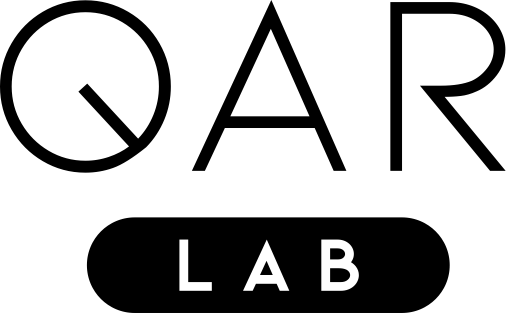Geometry Processing
Optimizing Geometry Compression using Quantum Annealing
S. Feld, M. Friedrich, and C. Linnhoff-Popien
Abstract
The compression of geometry data is an important aspect of bandwidth-efficient data transfer for distributed 3d computer vision applications. We propose a quantum-enabled lossy 3d point cloud compression pipeline based on the constructive solid geometry (CSG) model representation. Key parts of the pipeline are mapped to NP-complete problems for which an efficient Ising formulation suitable for the execution on a Quantum Annealer exists. We describe existing Ising formulations for the maximum clique search problem and the smallest exact cover problem, both of which are important building blocks of the proposed compression pipeline. Additionally, we discuss the properties of the overall pipeline regarding result optimality and described Ising formulations.
IEEE Workshop on Quantum Communications and Information Technology 2018 (IEEE QCIT 2018), 2018, pp. 1-6

